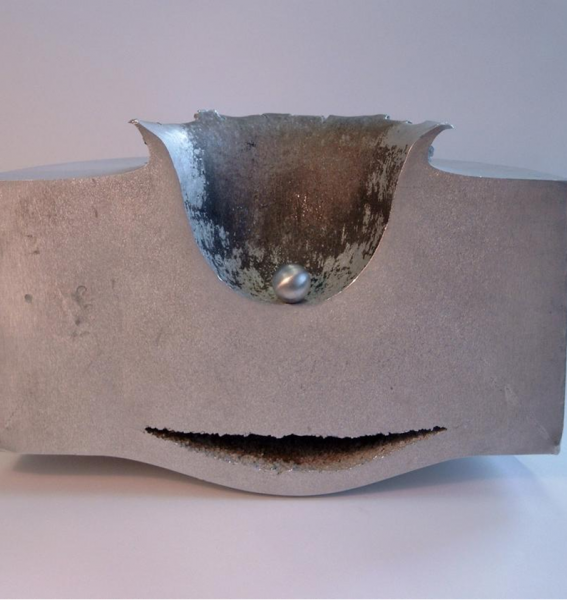In Orbit Risks
To get rid of large objects in orbit, such as the Mir station, the European ATV cargo vessel or its Russian Progress counterpart, they are whenever possible manoeuvred to place them in a trajectory intercepting the dense layers of the atmosphere over risk-free areas such as the South Pacific, far from inhabited islands and air or maritime traffic. For wreckage, such as the last stages of launchers or large, out-of-control satellites, this is not possible.
In 1996, the small CNES satellite Cerise had the dubious privilege of being the first confirmed victim of a collision with a catalogued object, when debris resulting from the explosion of the upper stage of the Ariane vehicle which launched Spot 1, cut through its stabilisation mast.
On 10th February 2009, the Iridium 33 satellite was struck by the wreckage of the Soviet Kosmos 2251 satellite at 8 km/s, creating more than a thousand detectable fragments.

Figure 1
Cerise collision with a piece of debris (artist’s impression)
These examples of damage concern the part of the orbital population that is large enough to be observed from the ground and therefore catalogued. This size is about 10 cm in low orbit and one metre for the higher orbits (i.e. MEO and GEO).
In fact, the damage caused by space debris can be relatively significant, even in the case of small items. This is quite simply because of the very high orbital velocity of the debris (about 25,000 km/h for a satellite in low orbit) and the consequently high kinetic energy.

Figure 2
Sample after a Hyper-velocity impact test (Source: ESA)
Table 1 gives orders of magnitude for the thicknesses of aluminium perforated by an aluminium ball of a given size, impacting at a velocity of 10 km/s
| Projectile diameter | 0.01 mm | 0.1 mm | 1 mm | 10 mm |
| Thickness perforated | 0.03 mm | 0.4 mm | 4 mm | 50 mm |
Table 1 - Thickness of aluminium perforated according to the size of the projectile
Debris smaller than 1/10 of a millimetre will therefore simply erode the surfaces of our satellites. Over the long-term however, this cumulative erosion can lead to separation of flakes of paint or thermal multi-layer insulation (MLI).
Debris of between 1/10 of a millimetre and 1 centimetre can cause significant damage by puncturing equipment. Depending on the equipment concerned and the period of exposure to the environment, the damage can range from a minor malfunction, to loss of the payload and even loss of the satellite.

Figure 3
X-ray image of a projectile impact generating a cloud of debris on the back face (Source: CEA)
However, debris of between 1 cm and 10 cm in size causes extremely significant damage owing to the kinetic energy. They represent a very real danger given that they cannot be detected from the ground. At present, no shielding can withstand an impact by space debris larger than 2 cm.
Debris larger than 10 cm will have catastrophic consequences in the event of a collision. The damage can even go as far as total break-up of the colliding objects, creating thousands of additional pieces of debris.
An example of this type of catastrophic collision took place on 10th February 2009 at 16:56 CUT at 776 kilometres above the Taymyr peninsula in Siberia. This collision involved the Iridium 33 commercial satellite (560 kg) and the Cosmos-2251 satellite (900 kg), a decommissioned Russian military telecommunications satellite. This collision was the first to involve two intact satellites. Following this collision, more than 2,000 pieces of debris large enough to be catalogued were generated.
Vidéo 1
Simulation of the collision between the American IRIDIUM-33 satellite and the Russian COSMOS-2251 satellite (Source: AGI)